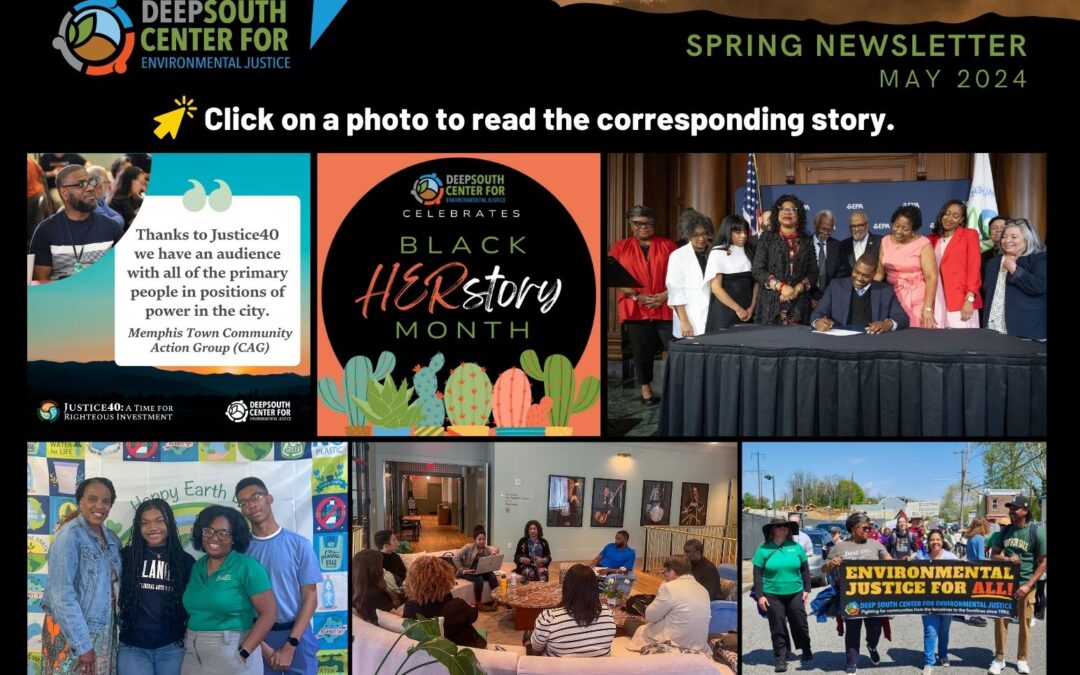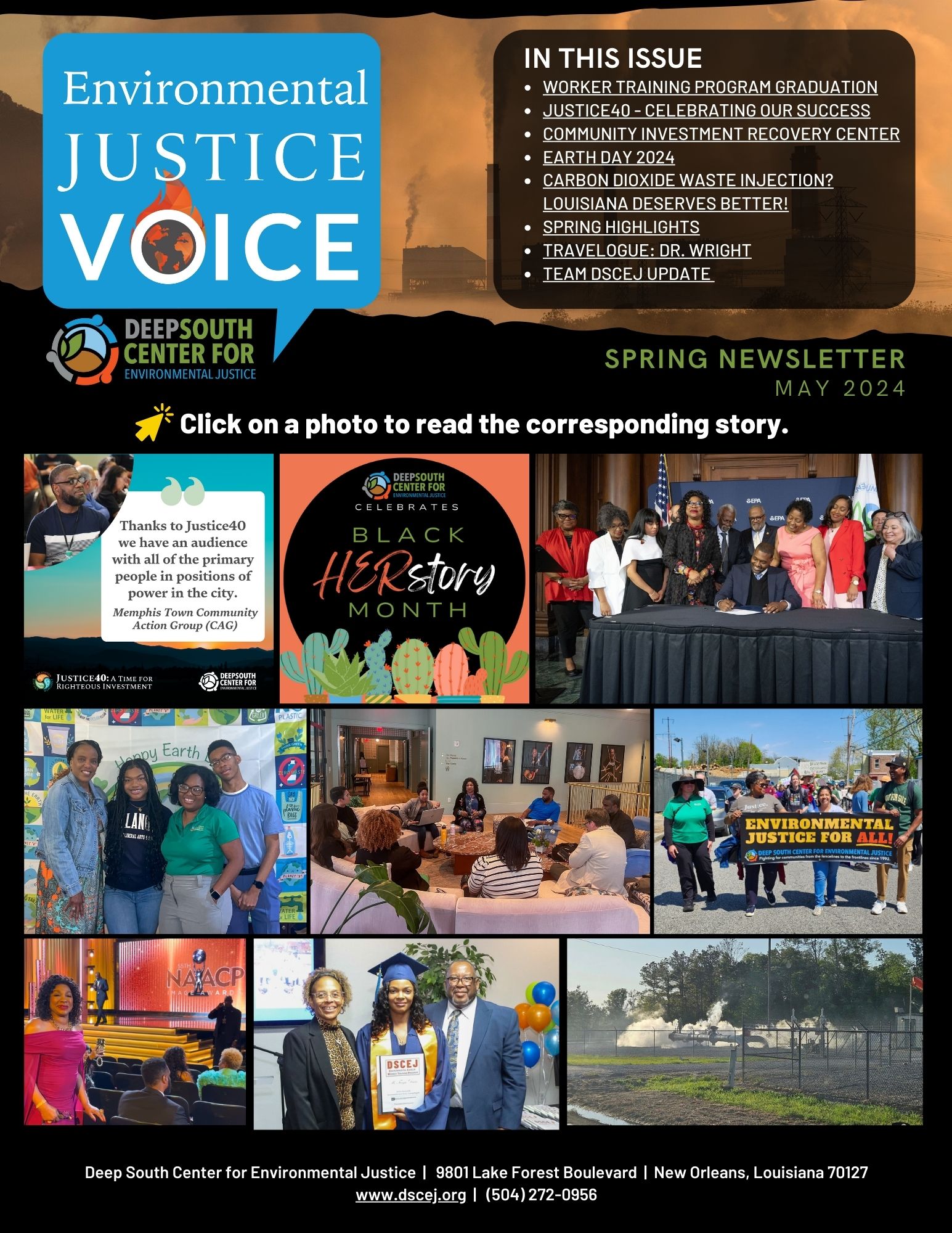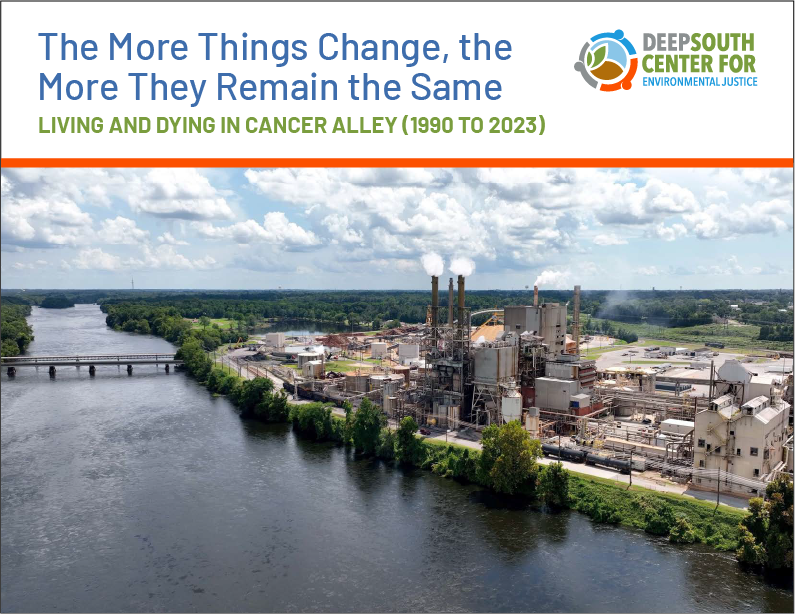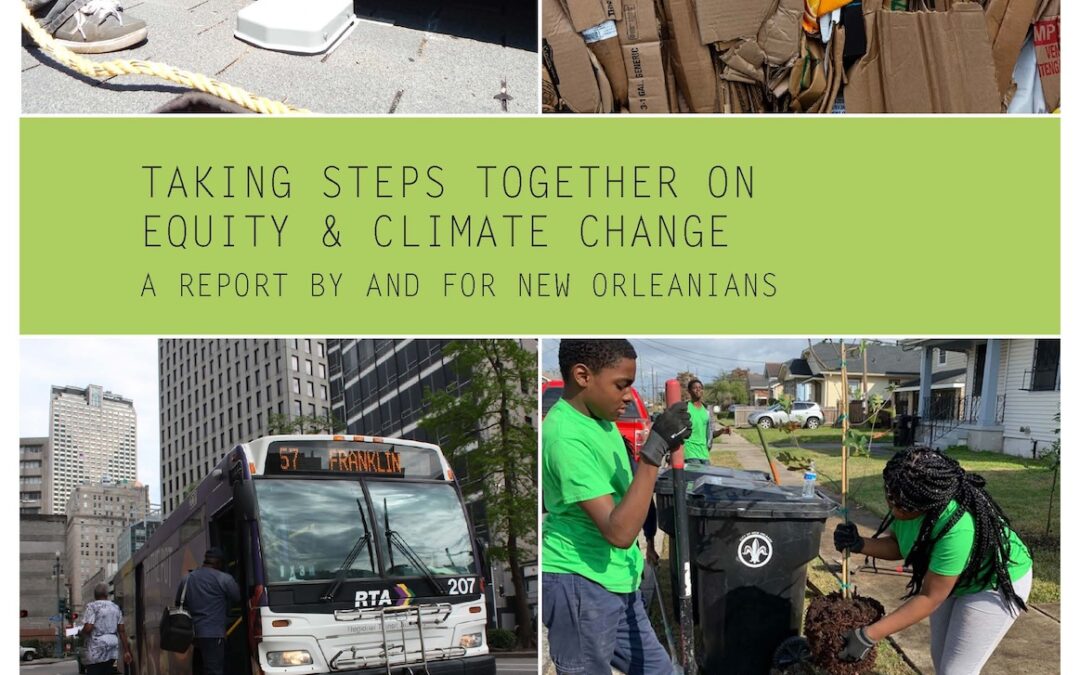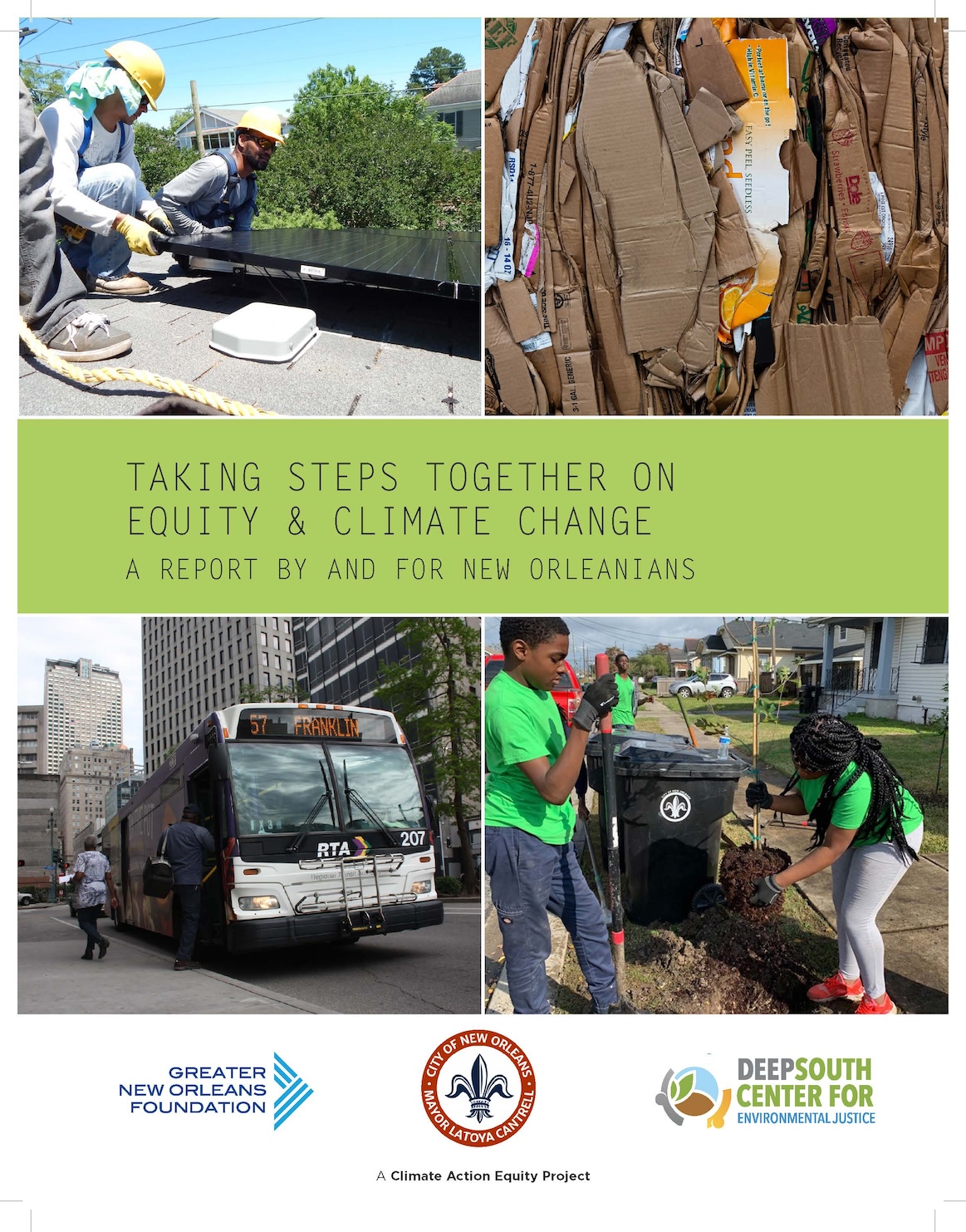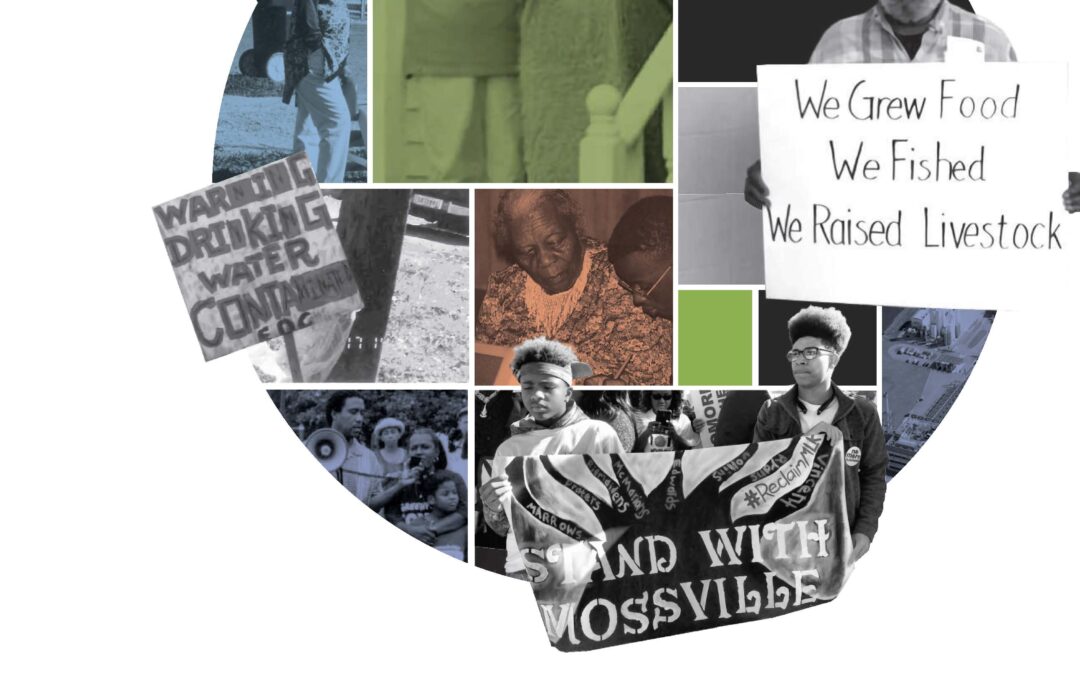The More Things Change, The More They Remain the Same: Living and Dying in Cancer Alley
The Mississippi River Chemical Corridor, or Cancer Alley, produces one-fifth of the United States’ petrochemicals. In the early 1990s, Louisiana transformed this corridor, one of the poorest, slowest-growing sections of the state, into working-class communities. Once called a “massive human experiment,” the air, soil, and water in the Corridor absorb more toxic substances annually than do most entire states. To this day, Louisiana is consistently ranked among the states with the highest rates of cancer as a cause of death, with heart attack as the only one above it in 2019 and 2020, according to the Centers for Disease Control.
